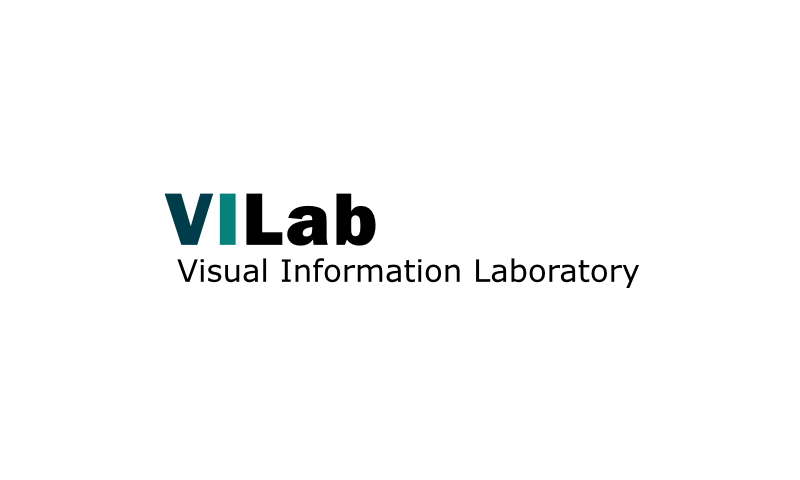Seminars
VILSS: Upper body pose estimation for sign language and gesture recognition
James Charles, University of Leeds In this talk I present methods for estimating the upper body pose of people performing gestures and sign language in long video sequences. Our methods are based on random forests classifiers and regressors which have proved successful for inferring pose from depth data (Kinect). Here, I will show how we develop […]
VILSS: Intelligent signal processing and learning in imaging
Panagiotis Tsakalides, University of Crete Modern technologies, including the proliferation of high performance sensors and network connectivity, have revolutionized imaging systems used in applications ranging from medical and astronomical imaging to consumer photography. These applications demand even higher speed, scale, and resolution, which are typically limited by specific imaging and processing components. While striving for more […]
VILSS: Are Cars Just 3D Boxes? Jointly Estimating the 3D Shape of Multiple Objects
Zeeshan Zia, Imperial College London Current systems for scene understanding typically represent objects as 2D or 3D bounding boxes. While these representations have proven robust in a variety of applications, they provide only coarse approximations to the true 2D and 3D extent of objects. As a result, object-object interactions, such as occlusions or supporting-plane contact, can […]
VILSS: Wirewax – engineering vision algorithms for the wild
John Greenall, Wirewax, London Wirewax is a platform for turning your videos into rich interactive experiences. Backing the website is a powerful suite of computer vision algorithms that run on a scalable cloud architecture. This talk will detail some of the experiences of training and deploying algorithms for use "in the wild", including discussion of face […]

